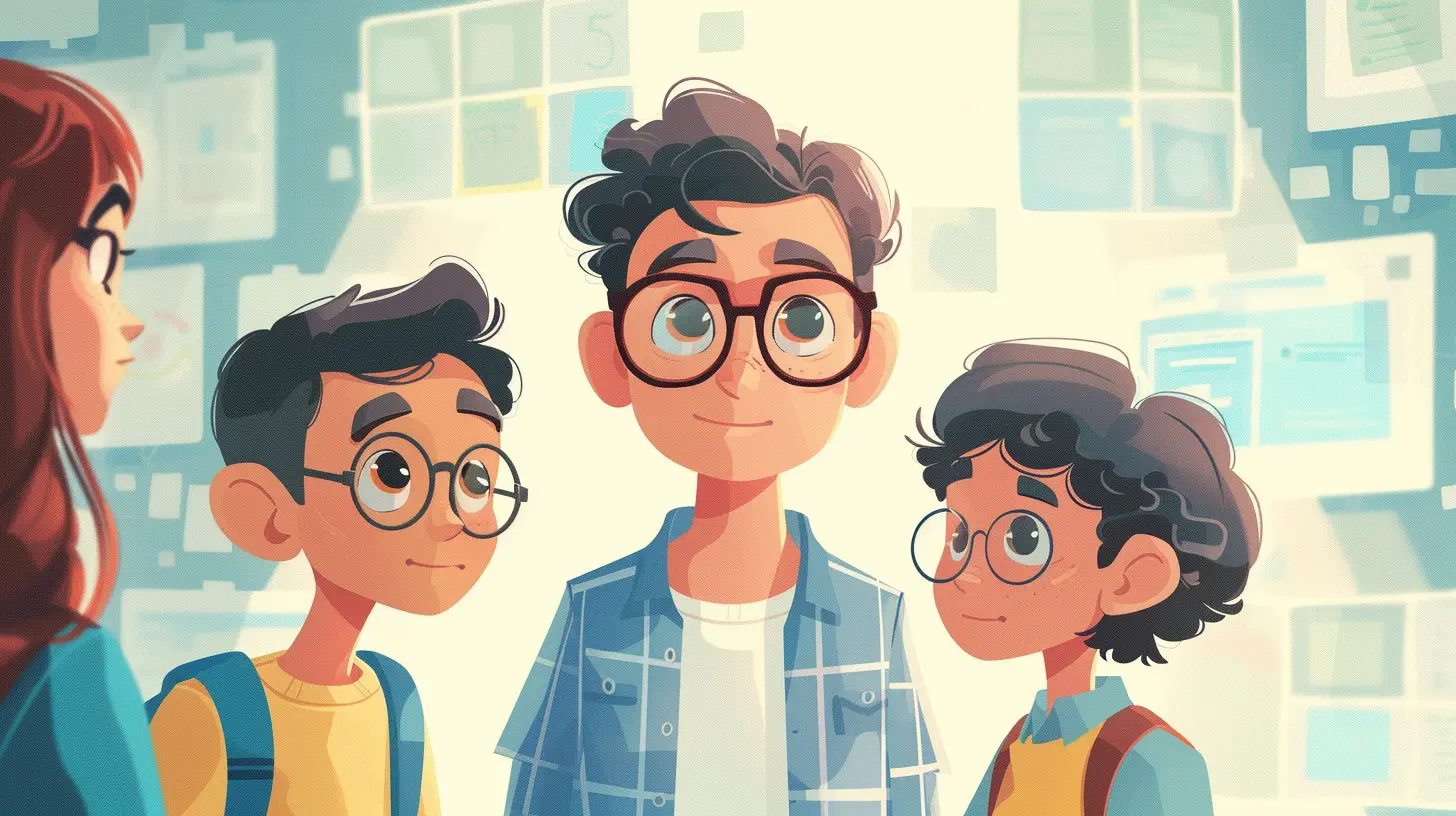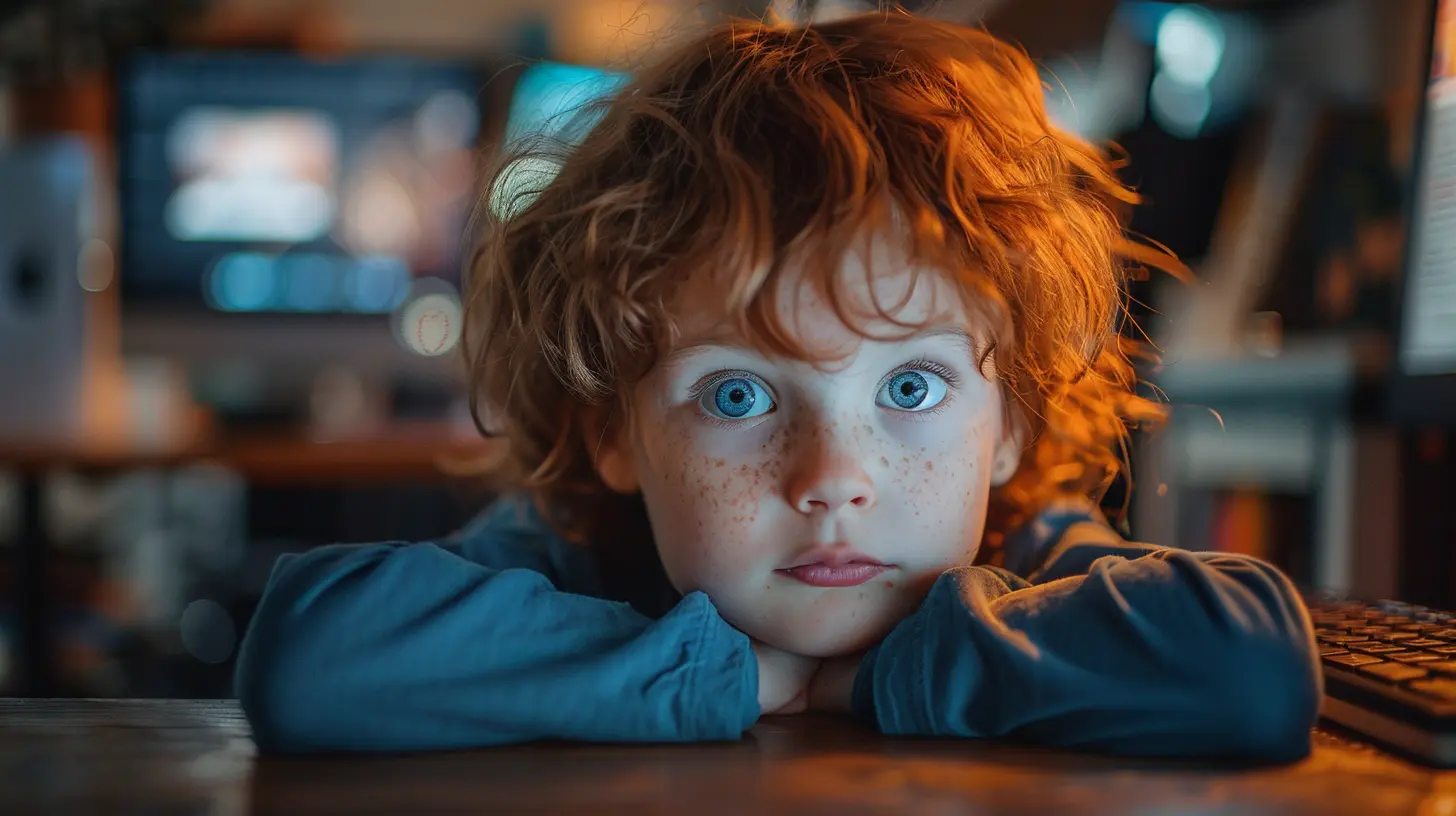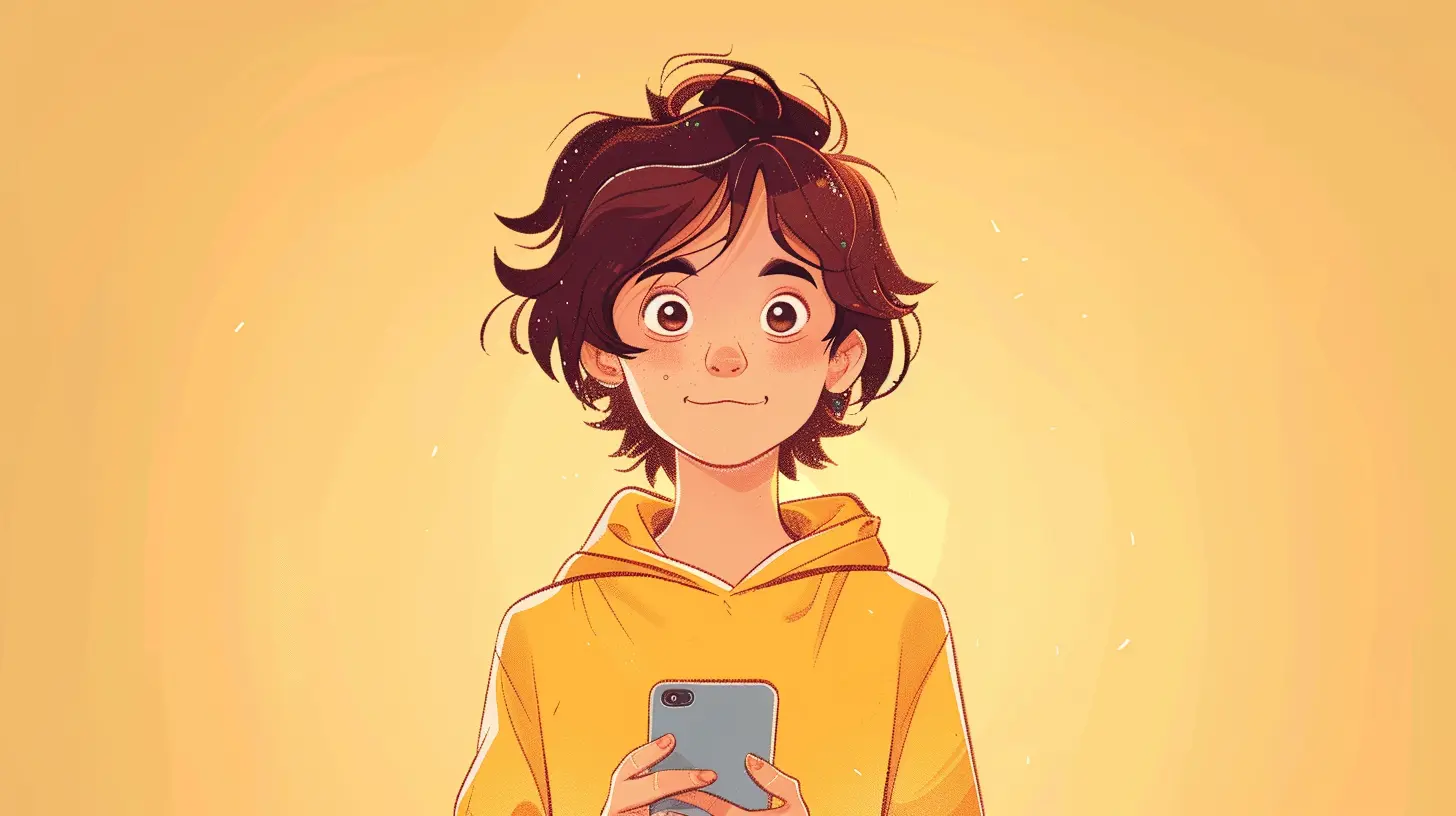Teaching Kids to Recognize Fake News and Misinformation
16 May 2025
In the good ol’ days, fake news meant something your sibling made up to get you in trouble. But now? It’s everywhere! From misleading headlines to deepfake videos, our kids are growing up in a world where fiction often disguises itself as fact.
So, how do we teach our little detectives to separate reality from deception? Buckle up, because we’re diving into the wild world of misinformation and equipping kids with the ultimate truth-finding toolkit! 
Why Fake News is a Big Deal (Even for Kids)
We might think kids don’t need to worry about fake news, but they’re online more than ever. Whether it’s YouTube videos, TikTok trends, or social media posts, they’re exposed to unverified information daily.And let’s be honest—if a kid believes eating a whole watermelon seed will make one grow in their stomach, they can definitely fall for misinformation! That’s why teaching critical thinking skills from an early age is essential.
The Rise of Fake News in the Digital Age
Remember when we used to get our news from the morning paper or the 6 o’clock broadcast? Those days are long gone. Now, news spreads like wildfire across social media—quicker than your toddler can spill juice on the couch.The problem? Anyone can post anything. With clickbait headlines, AI-generated content, and fake accounts, it’s tough to tell what's real. And kids, with their curious minds, are especially vulnerable.
But don’t worry—there are ways to build their “fake news detector” skills!
Helping Kids Spot Fake News Like Pros
We wouldn’t let our kids cross the street without looking both ways, right? Well, navigating the internet should be no different. Here’s how to teach them to recognize misinformation before it tricks them.1. "Just Because It's Online Doesn't Mean It's True" Rule
Kids tend to believe what they read—especially when it comes with flashy images or an ‘URGENT’ label. Teach them the golden rule: Not everything on the internet is fact. Even if it’s in a slick video or shared by a friend, they should always second-guess it.Tip: Make it a habit to ask, "Where did this information come from?" before accepting it as truth.
2. Spotting Sensational Headlines
If a headline screams, "You Won’t Believe What Happened Next!!!", chances are, it’s designed to grab attention rather than inform. Misinformation often uses emotional, exaggerated words to trick people into clicking.Activity Idea: Show them different headlines and ask, "Does this sound too dramatic to be true?" If it feels over-the-top, it's worth double-checking.
3. Verifying the Source
Would you believe a random stranger if they told you 2+2=5? Probably not! So why believe a random website with no credibility?Teach kids to check:
- Who published the information? (A reputable news site or a random blog?)
- Is the author trustworthy? (Do they have expertise in the subject?)
- Are other reliable sources reporting the same thing?
If a news story only appears on one website—especially one you’ve never heard of—there’s a good chance it’s unreliable.
4. Fact-Check Like a Detective
Encourage kids to fact-check suspicious info using trustworthy sites. Some great fact-checking sources for kids include:- Snopes
- FactCheck.org
- BBC’s Reality Check
If something sounds too good (or too bad) to be true, chances are, it’s worth double-checking!
5. The Power of Asking Questions
The best way to fight fake news? Stay curious! Teach kids to ask:- Who wrote this?
- Why was it posted? (To inform, entertain, or manipulate?)
- Is there evidence to support it?
- What do experts say?
Thinking critically isn't about being skeptical all the time—it's about making sure we have the full story before forming opinions.
6. Watch Out for Deepfakes and Edited Photos
If you’ve ever been fooled by a photoshopped image (like that one where a shark swims down a flooded freeway), you know how easy it is to believe fake visuals.Deepfake videos, which make people appear to say things they never did, are becoming alarmingly realistic. Teach kids to:
- Look for unnatural facial movements or glitches.
- Verify videos by checking official news sources.
- Be wary of anything that seems too shocking or unbelievable.
Teaching Critical Thinking Through Fun Activities
Learning to spot fake news doesn’t have to feel like schoolwork. Here are a few games to make it fun:⚡Truth or Trash?
Present kids with different statements—some true, some false—and have them guess! Then, walk them through how to verify each claim.🎭 Fake News Detective
Give kids a fake news article alongside a real one. Ask them to find clues that reveal which is which.🕵️♂️ Google It Challenge
If they hear something wild, challenge them to research it before believing it. This builds a habit of fact-checking instead of accepting everything at face value.The Role of Parents in Shaping Media Literacy
Kids learn by watching us, so let’s be good digital role models. Here’s how:🔹 Pause Before Sharing - Before you hit “share” on that viral post, double-check its accuracy.
🔹 Discuss Misinformation Together - If you come across fake news, turn it into a learning moment.
🔹 Encourage Open Conversations - Let kids ask questions without making them feel silly.
By making media literacy part of everyday life, we help kids grow into smart, responsible digital citizens.
Final Thoughts
Teaching kids to recognize fake news is like giving them superhero glasses—the kind that let them see through deception and spot the truth.It’s an ongoing conversation, and the earlier we start, the better equipped they’ll be to navigate the digital world with confidence.
So next time your kid tells you something crazy they read online, don’t just dismiss it. Instead, turn it into a teachable moment. Who knows? You might even sharpen your own truth-detecting skills along the way!
all images in this post were generated using AI tools
Category:
Online SafetyAuthor:

Austin Wilcox
Discussion
rate this article
3 comments
Lexi Sheppard
Empowering our kids to discern fact from fiction is essential in today’s digital age. By fostering critical thinking and open dialogue, we equip them to navigate misinformation confidently. Let’s inspire the next generation to be informed, responsible consumers of information!
May 28, 2025 at 3:51 PM

Austin Wilcox
Absolutely! Teaching kids to think critically about information is vital for their development and helps them build resilience against misinformation. Let's raise informed and responsible future citizens!
Joel Duke
Empowering kids to discern fact from fiction is crucial. Encourage critical thinking and open discussions about information they encounter daily.
May 21, 2025 at 3:49 AM

Austin Wilcox
Absolutely! Fostering critical thinking and open dialogue equips children to navigate information effectively, empowering them to differentiate between fact and fiction in today's media landscape.
Susan McCartney
Great insights! Essential skills for kids.
May 16, 2025 at 3:46 AM

Austin Wilcox
Thank you! Empowering kids with these skills is crucial for a well-informed future.



